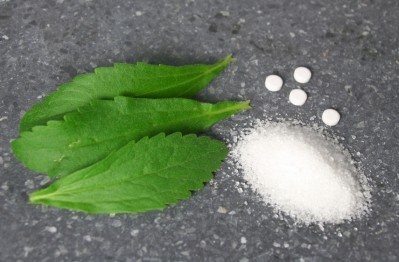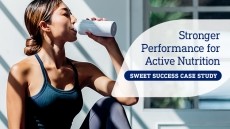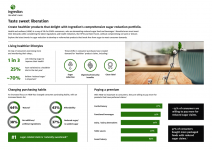Sweeteners in water supply could affect acceptance: Study
The use of sweeteners in food and beverage products is widespread and has gathered yet more pace as food firms seek to deliver healthier products, with less sugar, to consumers. According to Leatherhead International, the global market for sweeteners was worth US$1.83bn in 2007.
Although all the sweeteners used in the EU have been approved and are deemed safe by the food safety authorities, internet forums, newspaper reports and some scientific literature continue to garner suspicion.
For those who are suspicious of sweetener safety, a new study which showed detected acesulfame, cyclamate, saccharin and sucralose in waters from two German sewage treatment plants could be cause for more concern.
The indication is that sewage treatment plants fail to remove the sweeteners from waste water. The sweeteners then contaminate waters downstream and may still be present in drinking water.
“Due to the use of artificial sweeteners as food additives, the occurrence of artificial sweetener traces in the aquatic environment might become a primary issue for consumer acceptance,” said lead researcher Marco Scheurer.
Method
Previous studies on sweetener contamination have detected only sucralose in water supplies.
But Scheurer and his team used a new liquid chromatography analytical method to look for seven sweeteners in German waste and surface water: cyclamate, acesulfame, saccharine, aspartame, neotame, neohesperidin dihydrochalcone and sucralose.
They collected samples from sewage treatment plants in Eggenstein-Leopoldshafen and Karlsruhe, and from a soil aquifer treatment site that treats secondary effluent from a sewage treatment plant.
The detection of acesulfame, cyclamate, saccharin and sucralose showed incomplete elimination of the sweeteners by the treatment process. Influents showed a presence of cyclamate at levels of 190 µg/l, 40 µg/l for acesulfame and saccharine, and under 1µg/l for sucralose.
Removal in the treatment process was seen to be “limited”, though greater than 94 per cent for saccharine and cyclamate.
Detection of the sweeteners at the soil aquifer treatment site was said to show the environmental significance of the problem, as rivers and streams receiving water from the plants would be contaminated.
Ground surface water levels of acesulfame were seen to be of primary concern, with concentrations of more than 2 µg/l, while the others were at several hundred nanograms per litre.
The researchers pointed out that the effects on drinking water quality are completely unknown; it may be significantly influenced by potential metabolites of the trace pollutants.
Source
Analytical & Bioanalytical Chemistry
DOI: 10.1007/s00216-009-2881-y
Analysis and occurrence of seven artificial sweeteners in German waste water and surface water and in soil aquifer treatment.
Scheurer, M; Brauch, H-J; Lange, FT.





















